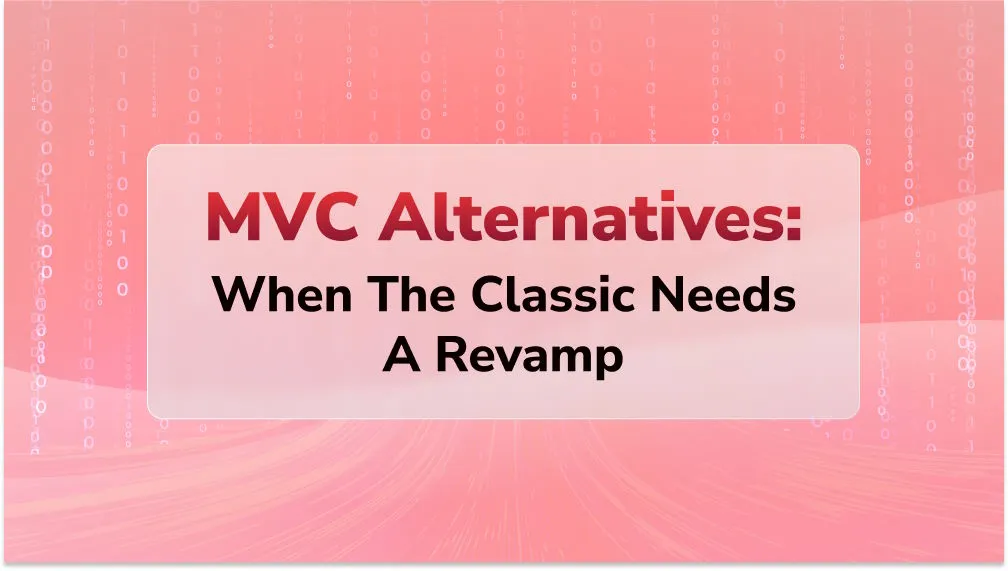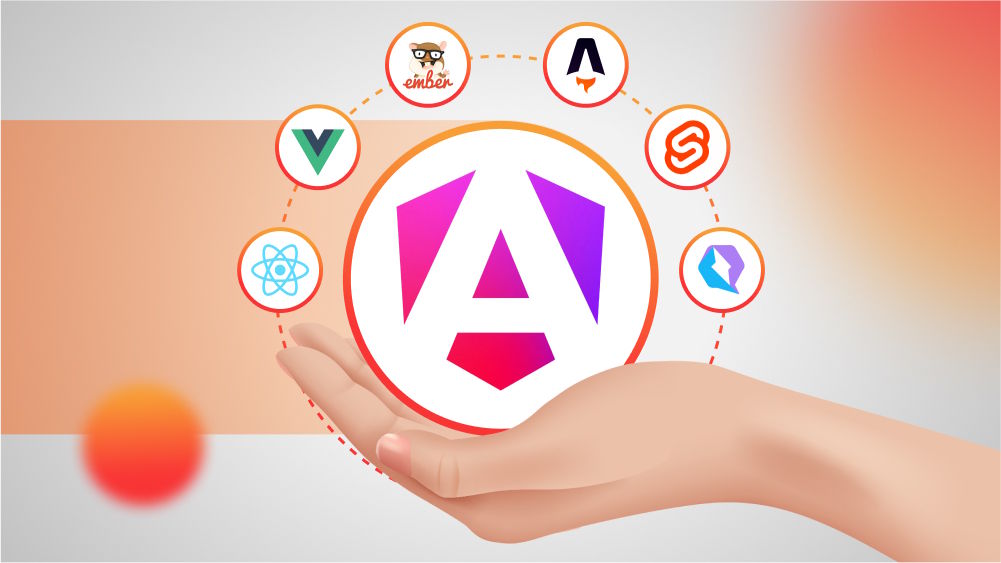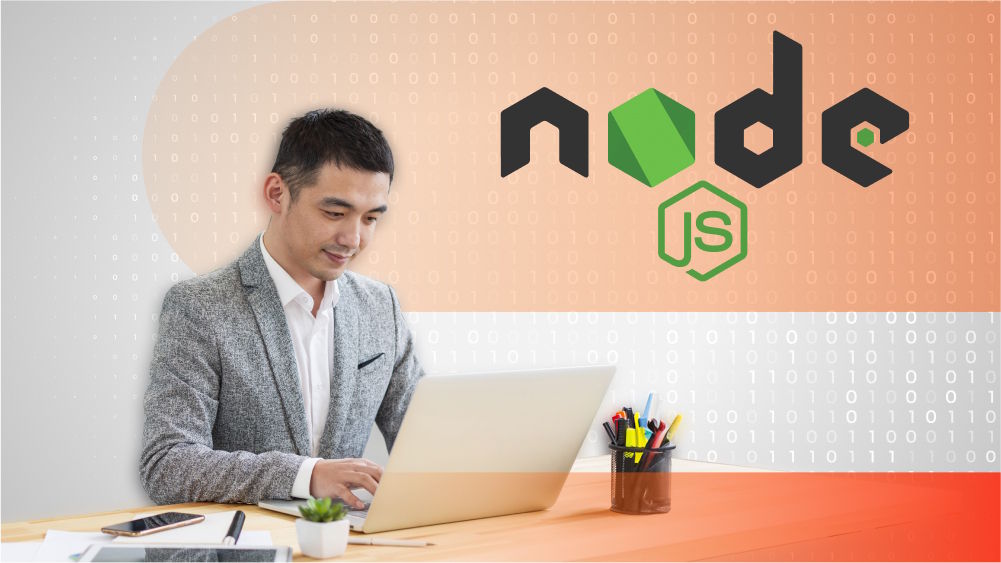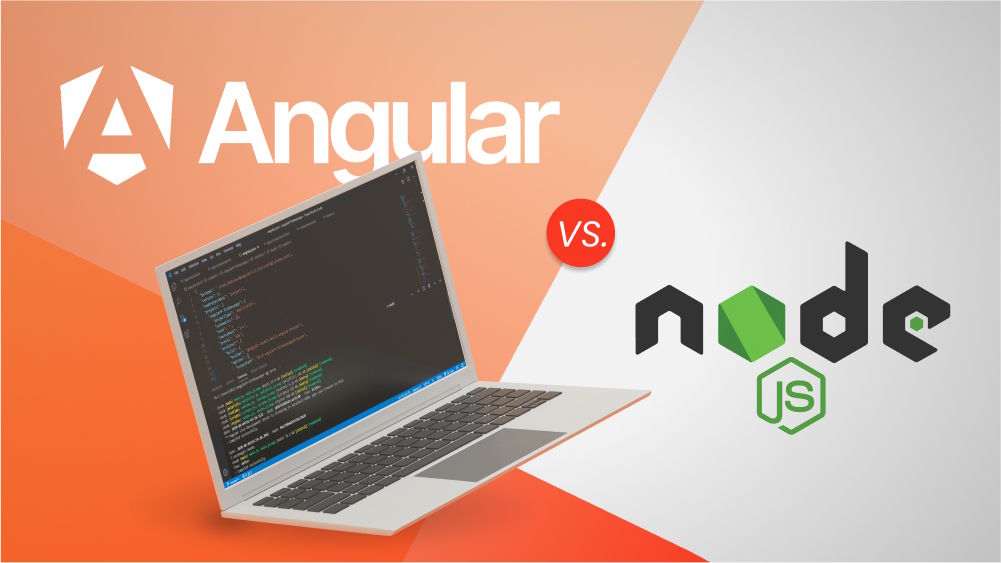Transitioning to the Cloud: Start with a Cloud Adoption Framework
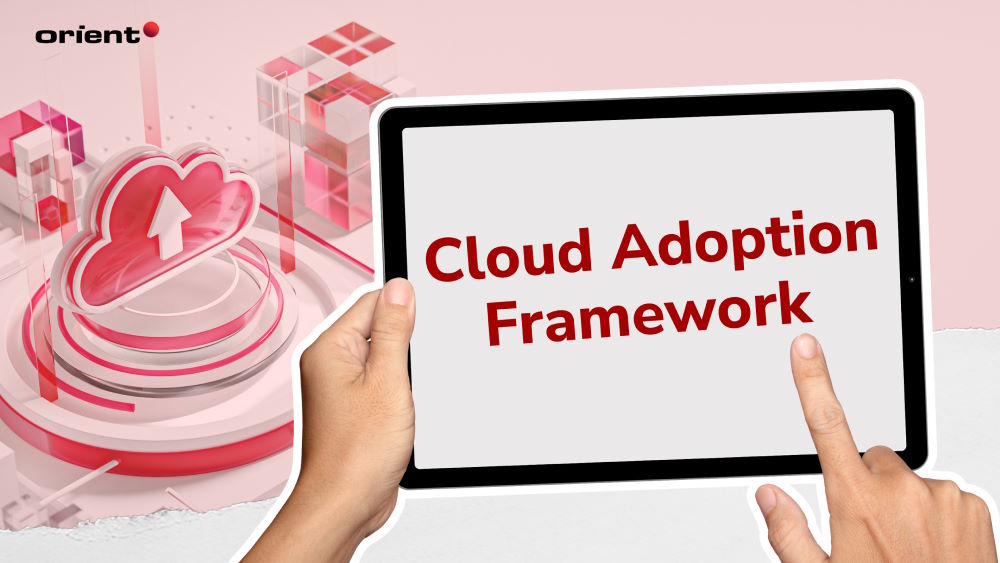
Content Map
More chaptersCloud adoption is the key to unlocking numerous potentials for any business, big or small. Forbes has recently reported that 67% of business infrastructure is cloud-based. It is best to have the assistance of the best practices, documentation, and tools given by a well-crafted cloud adoption framework in order to reduce expense and risk while still accomplishing cloud adoption goals.
What Is a Cloud Adoption Framework?

Let’s start by understanding the basic definitions first. A framework in software development refers to a platform that offers a foundation for creating software applications.
Cloud adoption is a strategic step made by enterprises to cut costs, reduce risk, and achieve scalability of database capabilities, software applications, and process power all over the internet. Depending on the extent of adoption, a company may have one or more levels of cloud adoption.
So, a cloud adoption framework refers to a guide that takes you through the process of moving applications to the cloud. Each cloud adoption framework represents a unique guiding methodology that offers a unique business perspective on how organizations should go about using the cloud.
Advantages of a Cloud Adoption Framework
Having a well-written cloud adoption framework brings about numerous benefits.
- The adoption framework gives businesses a roadmap on how to adopt the cloud. It outlines stages with the guidance of actions organizations should take. The baselines are often flexible enough to allow companies to adjust the framework to their unique circumstances throughout the entire digital transformation.
- If you are utilizing a cloud service provider, you have someone to share cloud architecture responsibilities. You can often leverage their documents and practices. A credible vendor comes with a proven and consistent methodology, so you won’t have to spend time and money on researching what the best practices are and focus on core, value-driven business activities.
- Last but not least, having a standardized approach with clear instructions to follow helps the team quickly kickstart the migration process and get prepared for cloud readiness. It also ensures effective management and optimization of the new cloud environment.
Methodologies of the Microsoft Cloud Adoption Framework
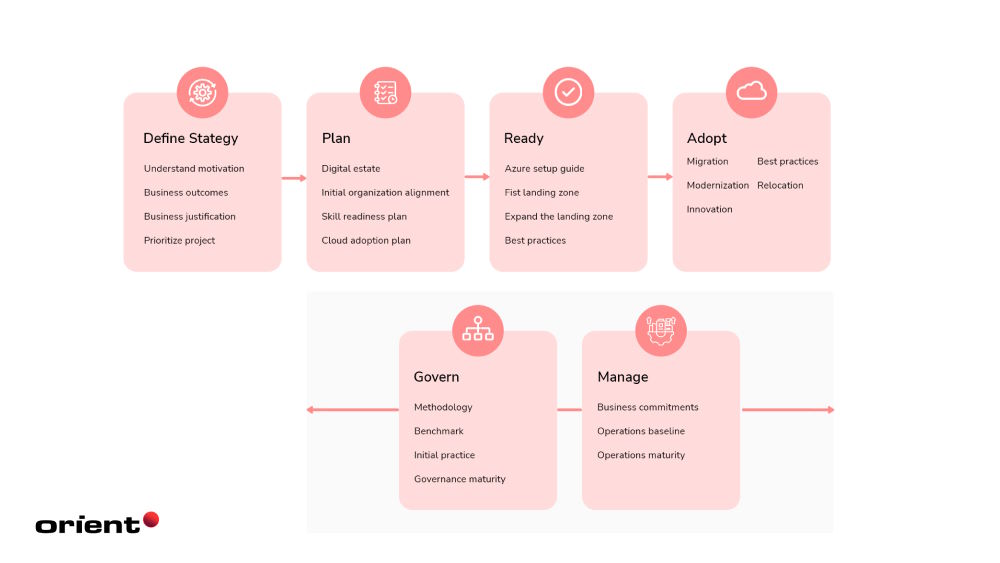
Industry giants like Amazon and Microsoft have introduced their own cloud adoption framework. These frameworks describe their approach to cloud adoption, the phases one should take to modernize existing workloads, or how the organization should look at the adoption process.
In order to provide you with a better understanding of the processes you need to take when implementing a cloud adoption framework, this article will go deep into Microsoft’s cloud adoption framework.
According to Microsoft Azure Cloud Adoption framework guidance, there are six subsequent stages a business needs to undertake. They are designed to speed up the cloud adoption journey with the best business outcomes in mind, as well as overcome any possible challenges. The stages include coming up with a strategy, drawing up a plan, getting ready, adopting, governing, and lastly, managing. Each of the aforementioned processes is a step in the broad cloud adoption lifecycle.
Strategy
Start by understanding what your requirements and expectations are when it comes to cloud adoption.
The goal of this step is to aid companies in documenting their business strategy. The cross-functional model (a workgroup made up of staff members from various functional departments who cooperate to accomplish a given goal) offers advice on initiatives that focus on achieving the targeted business value. From there, you can move on to work on the most suitable path toward adopting cloud technologies that help your business achieve desired business outcomes.
Ask yourself the following core questions:
- What are the motivations behind adopting cloud technologies?
- What are the desired business outcomes?
- Have you analyzed all the financial factors?
- Are there any technical considerations? If yes, how do you handle them?
Plan
The next step is to align your resources, your people, your technology, and your workflow.
Think about your future plans, too, to allow the chosen cloud adoption framework to support your company’s database and software application. This is where you might also refer to Gartner’s 5Rs model on cloud migration: Rehost, Refactor, Revise, Rebuild, or Replace.
This phase also offers suggestions on how to prioritize tasks. What is the tasks’ importance to the adoption efforts? Have the key performance indicators (KPIs), and drivers stated clearly in the plan as well. Make sure to answer the following questions to ensure a successful cloud adoption right from the planning step:
- What do you need to do to align your goals with your digital estate? The digital estate refers to your virtual and electronic accounts and assets.
- Are there any gaps in terms of skills? If yes, you need to come up with a plan to bridge such gaps.
- A well-crafted cloud journey is one that has little friction in assisting future changes in the firm. Have you created a plan that helps the organization manage changes in its digital infrastructure and the necessary skills?
Ready
The ultimate goal of this stage is to help you set up your landing zone, which is the foundation of any cloud migration. It entails setting up a landing zone to house all workloads selected for cloud migration or cloud development. While preparing the environment according to Azure’s practice guide, remember to check the following:
- The Azure setup manual. What do you need to set up a landing zone?
- A code-based beginning point. Use it to select a suitable landing zone.
- The extension of the first landing zone.
- Any relevant changes. Compare the changes with the relevant best practice guidance.
- The ultimate goal. The goal is to make sure you’re employing the ideal configuration for both existing and potential future landing zones.
Adopt
Migrating, modernizing, innovating, and relocating workloads are outlined in the Adopt stage. The following four processes correspond to distinct stages of the cloud transformation journey, each with its own objectives, solutions, and advantages.
Migration
This process shows you how to move existing workloads. There are different methods of migration depending on the demands.
Modernization
This process works to improve the workloads you have in place. In other words, it modernizes existing workloads. There are numerous benefits that come with this process, but in most cases, this step frequently shifts to PaaS solutions to help you grow your business.
Innovation
Innovation refers to the utilization of cloud-native technology to create client-centric solutions that accelerate business outcomes.
Relocation
This is the process where the business identifies and adapts to changes in the business environment, broadens international reach, and lessens end-user lag.
Govern
Microsoft calls cloud governance an “iterative process” and believes cloud governance policies should support, not cause friction, with that of an on-premise environment. The process should be flexible and adapt as cloud estate changes. Steps one should take during this process include:
- Methodology establishment. In order to visualize the final solution, it is essential to have a basic understanding of the methodology that serves as the foundation for cloud governance in a Cloud Adoption Framework.
- A view of how the framework will be applied. Evaluate your present and future circumstances. You can do so by using the benchmark tools.
- Small beginning. When it comes to the initial governance foundation, start your governance journey with an initial set of governance tools that are simple to deploy. This initial governance framework is referred to as a Minimum Viable Product (MVP).
- Enhance your original governance framework by incrementally adding governance controls as you move closer to the end state during the cloud adoption plan’s implementation.
Manage
All the aforementioned hard work wouldn’t mean much without well-managed cloud operations. Managing your clouds well results in ongoing operations, which then yields tangible business results. At this stage, you need to work on the following framework practices:
- Business Commitment: Create a list of the supported workloads in order to decide on cloud management investments for each workload and operational commitment with the business.
- Business Baseline Establishment: What are the criticality categories? What are cloud management tools? What processes are required to meet your minimum operations management commitment?
- Business Baseline Expansion: Based on your business requirements and operational decisions, follow the best practices outlined here to deploy the necessary cloud management tools.
- Advanced Operations and Design Principles Revision: Higher-commitment platforms or workloads may necessitate a more in-depth architecture review to meet resilience and reliability requirements.
Last Note
Any digital transformation initiative takes time and a lot of work, which is why having a framework with actionable instructions is crucial.
This article has elaborated on one of the global giants’ cloud adoption frameworks. However, if you find the processes overwhelming or if you want a credible partner who offers a system that fits your business goals and strategies, maximizes the advantages of cloud-based services, and converts your current system software into modern apps, Orient Software team is the partner you’ve been searching for. We are always happy to team up with you, whether it is to support your digital transformation initiatives, cloud application development, or any other custom software development services.


